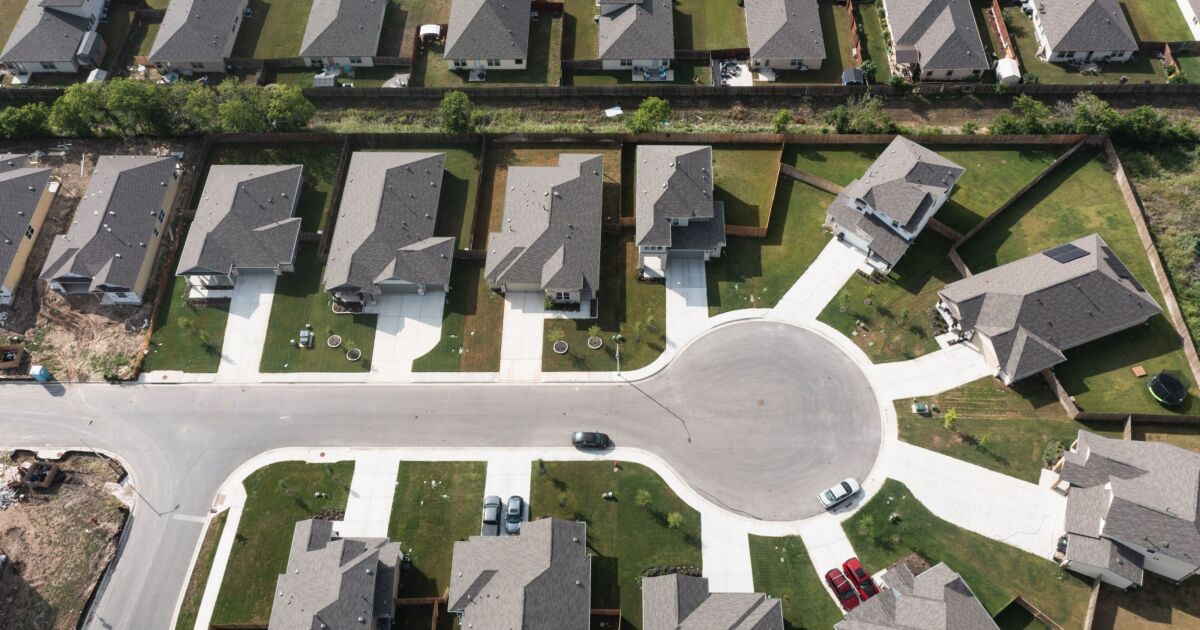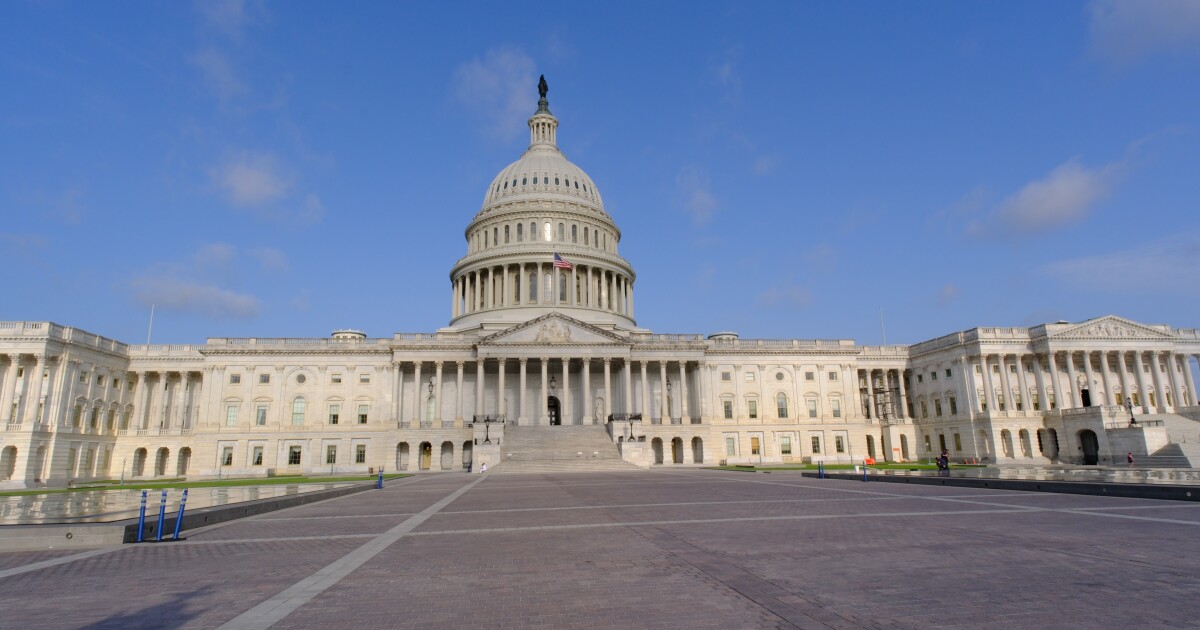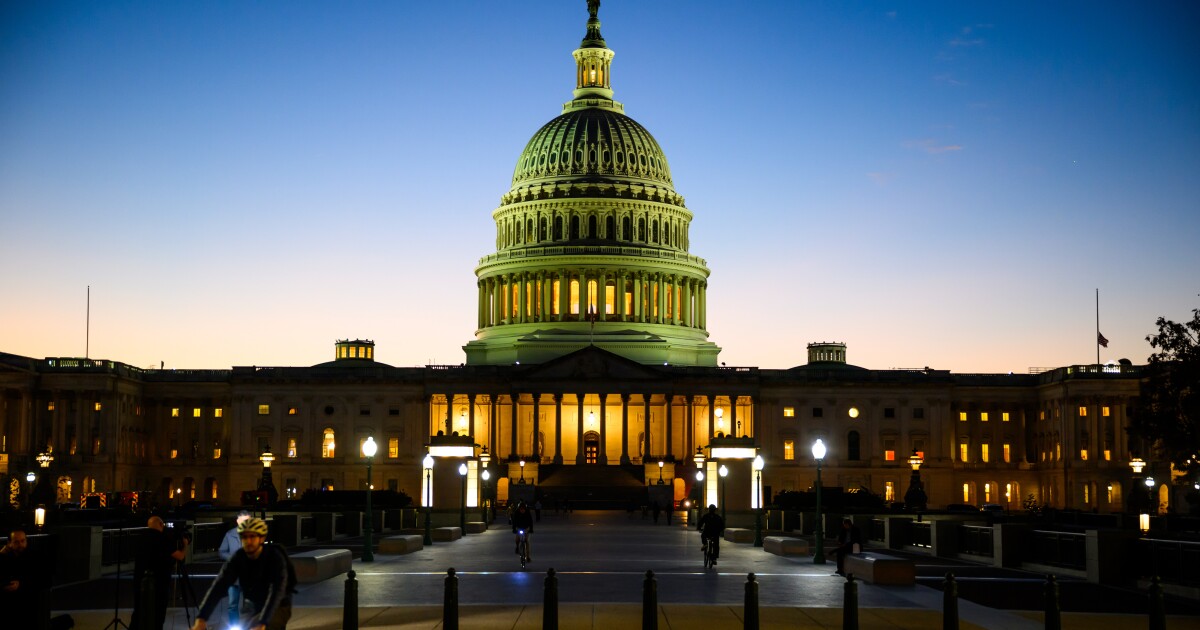
Black renting families are catching up to whites in terms of mortgage readiness, although a sizable
Around 7.8% of Black non-home-owning families were "income mortgage-ready" compared to 12.5% of whites in 2022, according to research shared Friday by Zillow. The racial gap of 4.7% fell from a 7.9% split in 2012.
The data from the U.S. Census Bureau's American Community Survey defines "income mortgage-ready" as a family being able to make home loan payments for a typical home in their local market. Among the nation's 138 million non-home-owning families in 2022, 6.3 million were considered ready by the definition.
"It's crucial to recognize the existence of additional barriers beyond monthly cost, including access to funds for a down payment and closing costs — as well as other barriers that significantly contribute to mortgage denials," said Orphe Divounguy, Zillow senior economist, in a press release.
The report comes days after a National Association of Realtors study found 44.1% of Black Americans today are homeowners, well behind rates for Hispanic Americans and Asian Americans. Mortgage applicants of color are
The 7.8% of Black families income mortgage-ready compose of 738,000 households among 9.4 million Black non-homeowners, Zillow found. That share is greatest in typically more affordable Midwest metros such as Detroit (13.3%), Memphis (12.8%), and St. Louis (12%).
The ratio of whites who are income mortgage-ready is still greater by several percentage points in those cities, and far larger in the nation's most expensive destinations like the Bay Area and the Northeast.
At-large the number of renters of all races able to afford a mortgage fell from 12.9 million in 2021 to 6.3 million in 2022. The dip coincides with rates



